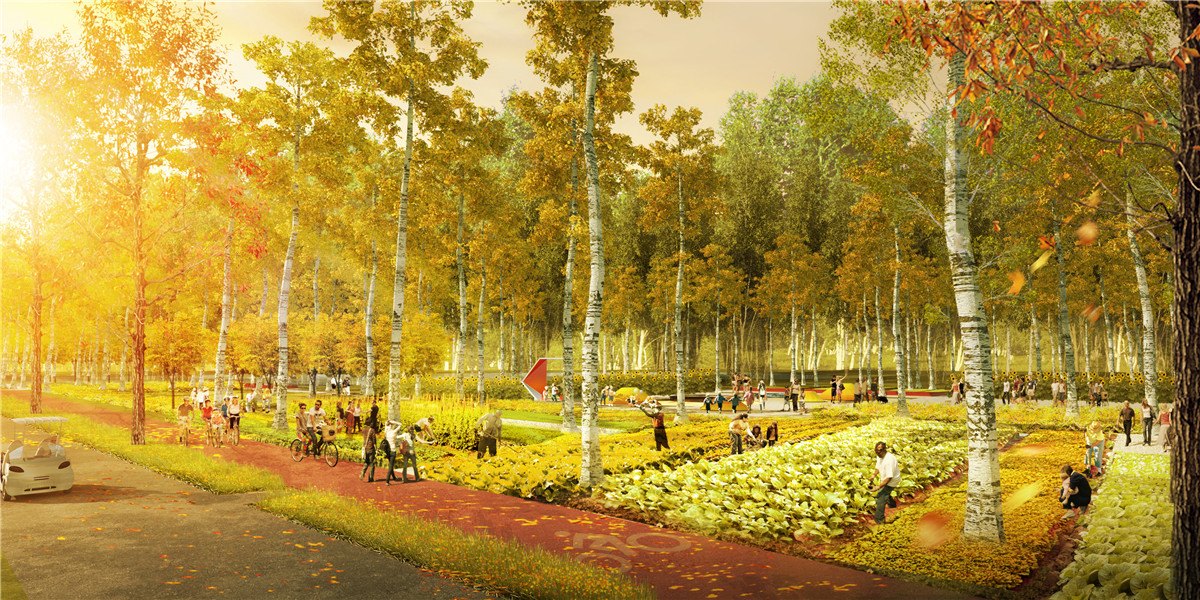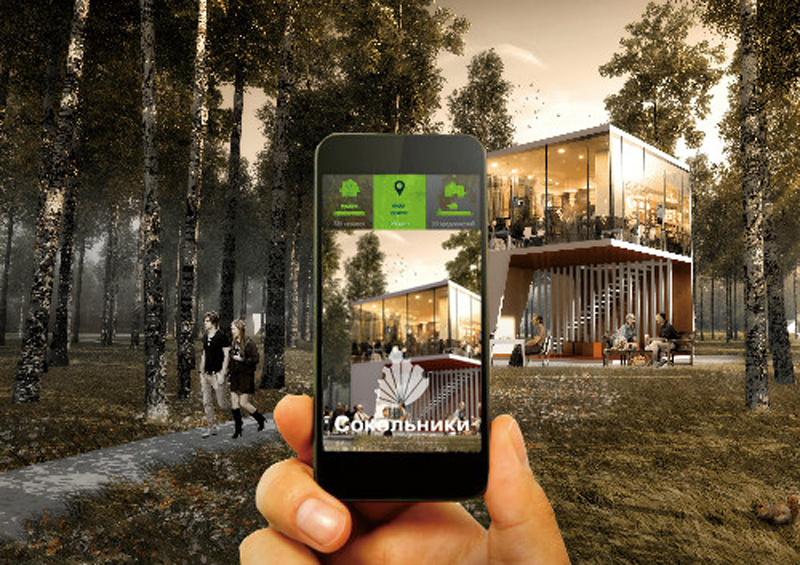Moscow Sokolniki Park – Tea Party Matrix
Project Information
- Project Location:
- Russia Moscow
- Project Scale:
- 505 Hectares
- Design Time:
- September 2015
Project Profile
1. Project Statement
The “Tea Party Matrix” is a living mechanism that links the past, present, and future of the Sokolniki Park. The park development will integrate the ritual of Russian tea culture in a forward-thinking design interpretation, as the pioneering vision to guide the park’s 2030 Masterplan.
Intended to be one of the best, largest urban central parks in the world, the Sokolniki Park is a city “samovar,” or teapot, with innate flavors of nature, culture, and leisure.
2. Objective and Challenge
The major challenges of the site are defining an organizational system to assemble its scattered programs into sachets of multifunctional gathering places, and improving infrastructure to increase the dynamism of the visitor’s experience. The site will continue to serve the public with abundant nature, memorable history, and diverse programmes on a daily, weekly, monthly, and annual basis.
3. Design Strategy
Built upon the existing park layout, the application of the “Tea Party Matrix” focuses on keeping all the current park functions and providing visitors with new gathering opportunities through minimal development principles and design approaches.
The “Tea Party Matrix” is the masterplan design framework, and consists of three regulating components:
1) Nodes: boxes, platforms, and canopies
2) Grid: origin, latitude and longitude lines
3) Surfaces: main entrances, sub-entrances, and activity zones
The design strategy involves the addition of five designed layers to the existing park conditions:
1) Allotment: active surfaces of community entrance gardens;
2) Grid: a structural planning network;
3) Circulation: lines of paved pathways and themed loops;
4) Landscape: rows of planting and agriculture crops;
5) Architecture: new revenue-generating boxes and existing building renovation.
The superimposition of all the designed layers forms a living mechanism: a sustainable urban park ecosystem that regulates the resiliency of the site’s ecology, eventuality, and economy. This “Tea Party Matrix,” designed uniquely for the Sokolniki Park, aims to reconnect the intimate natural environment, to reveal fragments of cultural heritage, and to reunite heterogeneous programs as one holistic park.
4. Conclusion
The “Tea Party Matrix” is a new concept for large scale park development in the 21st Century. It is a system dedicated to enhancing the biodiversity of an urban forest park, embracing the park’s historical memories, and providing a multitude of spaces for tea-drinking. The “Tea Party Matrix” is the living mechanism to reconnect individuals with nature, culture, and activities, positioning Sokolniki Park as a unique cultural landscape for Moscow, Russia, and the world.










